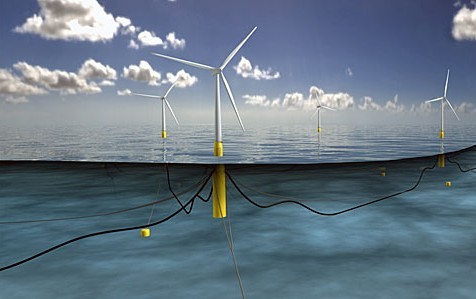
Statoil’s flagship Hywind project could be replicated in regions such as the US and Japan, according to the company’s head of asset management.
The company yesterday announced it had taken a final investment decision on the first of its kind project off the Aberdeenshire coastline.
It comes just two days after the Scottish Government gave it final approval and a week after the operator said it would be hit with a year delay to its Mariner project.
Trine Ingeborg Ulla, head of asset management for renewable energy, sat down with Energy Voice to discuss the long-term vision for the project.
She said: “It’s a very exciting project and we’ve been working on it for a long, long time. It’s a good feeling now to have come through and made the final investment decision and to have got the consent from the Scottish Government so we’re very happy about it.”
The company will now be executing a number of contracts after already handing out the agreement for the turbine and sub structure contract.
Further contracts are expected to be awarded the end of this year and at the beginning of next year.
“We think given that only 2% of the acreage offshore is shallow water, just imagine the opportunities if you could utilise floating technologies. It will open up huge acreage for offshore wind.
“This is a great opportunity for Scotland but also the UK but also globally.
“The markets we find very interesting to look into is for instance Japan, but also if you go to the US, there’s the US West Coast and also in the North-east.
“This could actually develop into a global market spreading out from where it started here in Europe and here in the UK.”
The scheme, which would be the world’s first floating wind farm, will be located off Scotland’s Peterhead coast.
The pilot park will cover around 4 square kilometres, at a water depth of 95-120 metres. The average wind speed in this area of the North Sea is around 10 metres per second.
UK managing director Tove Stuhr Sjoblom said yesterday the project could be the beginning of a “profitable leg” for Statoil.
Offshore construction will likely begin next year, and a completion date has been set for 2017.
Construction comes after a six year study of a prototype installed off the island of Karmøy in Norway.